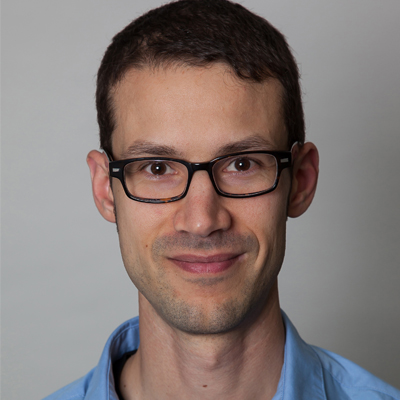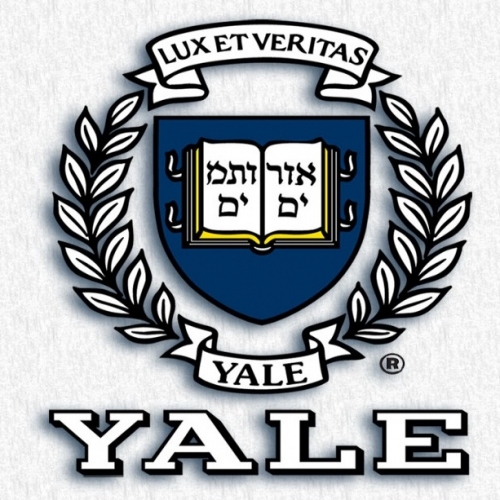Using atmospheric fluid dynamics to understand monsoon changes
Monsoons are atmospheric circulations, or wind patterns, that deliver water to billions of people in Africa, Asia, Australia, and the tropical Americas. Relatively minor changes in the position and strength of these continental-scale circulations can have catastrophic effects – too much rainfall produces floods; too little causes drought and famine. In the past decade, almost every year we have seen a flood in Africa or Asia that has killed hundreds to thousands of people, and a long drought in Africa afflicted tens of millions of people in the 1970s and 1980s. Yet very fundamental aspects of the physics of monsoons remain poorly understood and poorly predicted. Dr. William Boos, Associate Professor of Geology and Geophysics at Yale University, studies the basic physics of monsoons to better understand past and future changes in these socially important atmospheric circulations. Improved understanding will lead to more accurate forecasts of tropical weather, clearer predictions of seasonal rainfall for agriculture, and increase knowledge of long-term trends in the climate of many developing tropical nations.
To understand the fundamental mechanisms of monsoons, Dr. Boos uses theoretical atmospheric fluid dynamics, observational analyses, and high performance computing. By numerically solving the equations of fluid motion on hundreds to thousands of computer processors at a time, he and his team create numerical experiments that provide deeper insight into the core physics of atmospheric flow patterns. Dr. Boos’ highly international team consists of three graduate students from India, China, and the US, and two postdocs from Israel and France, all collaborating with researchers in the US and abroad to combine data collected by orbiting satellites, weather balloons, aircraft, and surface weather stations.
Dr. Boos is optimistic that within the next 5-10 years we will see progress in both seasonal forecasting and in understanding how monsoon rainfall will change in coming decades. Seasonal forecasting -- the ability to estimate a few months in advance whether the coming season’s rainfall will be greater than or less than usual -- could be revolutionary for agriculture in developing nations. Similarly, having reliable projections for how rainfall, floods, and drought will change in coming decades will immensely help in planning infrastructure. By understanding the fundamental mechanisms of monsoon circulations, Dr. Boos hopes to benefit international society on a large scale, especially in socially vulnerable regions of the tropics.
Current research topics include:
- Monsoon Depressions: With sponsorship from the US Office of Naval Research, Dr. Boos’ lab discovered the mechanism responsible for the propagation of storms called monsoon depressions, vortices that are embedded in larger-scale monsoon circulations, that have killed thousands of people in South Asia in the past few years. Although these storms are not as visually spectacular as typhoons or hurricanes, they produce torrential rainfall and can pass over land surfaces without losing intensity. In the next few years, Dr. Boos hopes to make substantial progress in further understanding why these storms form where they do, and how they might respond to long-term variations in climate and air pollution.
- Long-term Variations in Monsoons: By examining the energy and momentum budgets of monsoons, Dr. Boos hopes to identify the basic physics that allow a monsoon to be strong in one year and weak in another, or to change over decades or centuries. One particular emphasis is the interaction of monsoons with neighboring deserts -- every monsoon region lies equatorward of a desert, and yet we have little understanding of how dry air and dust from those deserts influences monsoon rainfall. Understanding these questions will provide insight into the seasonal variability of monsoons and aid in better preparing for this variability.
Bio
While studying math and physics in college, Dr. William Boos found that he wanted to work on a very concrete topic and contribute to a cause he could touch and feel in day-to-day life. When he found the field of geophysical fluid dynamics, which uses mathematics to describe the flow of fluids on rotating planets, he was sold on the study of atmosphere-ocean fluid dynamics as a career. This field presents difficult and engaging scientific problems with tremendous social relevance; understanding the complex and rich structures of Earth’s atmosphere provide many opportunities to help society.
There are very fundamental things that we do not understand about the tropical atmosphere, such as how the production of rain by clouds interacts with atmospheric flow on continental scales, and how storms such as tropical cyclones and monsoon depressions emerge as coherent structures in a turbulent atmosphere. These questions, that are so fascinating from a fluid dynamics point of view, are also extremely important for the lives of billions of people living in tropical countries. So, “for someone interested in fluid dynamics,” Dr. Boos remarks, “the study of the tropical atmosphere is an extremely rewarding pursuit.”
Outside of his research, Dr. Boos spends much of his time perfecting his additional website called WorldMonsoons.com that provides basic information on recent weather and climate events in monsoon regions. This site will soon be expanded to include educational material on how monsoons work, and impacts of weather and climate extremes in the tropics. Many people living in monsoon regions do not have access to the sort of well-funded meteorological agencies that are common in the US and Europe, so even basic information on recent monsoon activity may be helpful to many living in the tropics.
For more information, visit http://people.earth.yale.edu/profile/william-boos/about
Publications
Videos
Awards
Director’s Award, 2014
Yale MacMillan Center for International and Area Studies
CAREER Award, 2013
National Science Foundation (NSF)
American Geophysical Union Citation, 2013
for Excellence in Refereeing
Young Investigator Research Award, 2011
Office of Naval Research (ONR)
James R. Holton Junior Scientist Award, 2010
American Geophysical Union


